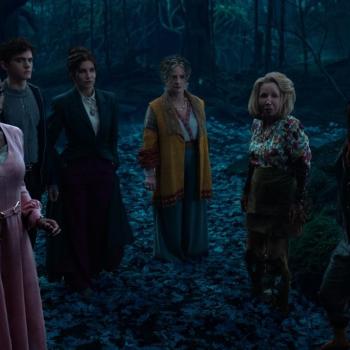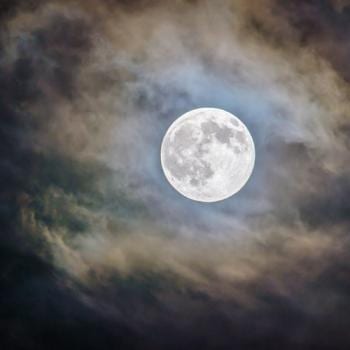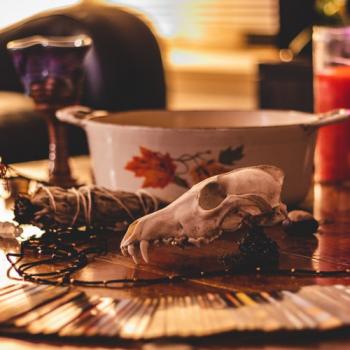Looking around the world, around the United States, and around our local communities, injustice is becoming more visible with each passing day. That’s not to say that these injustices haven’t always been there, or that people (namely people of color, women, and the LGBT community) haven’t been faced with them for years, but that the rest of the world is (finally) wakening up to their existence. The atrocities of the past are no longer distant memories that we can separate ourselves from, because they are being repeated in our present time. The same threats are being made to human rights, many of which are already being stripped away. Thankfully, many people are rising up and fighting back against injustice, channeling their fear and anger into a fuel for the fire of transformation.
You may be wondering how any of this relates to Witchcraft, Wicca, or Paganism? Well, I was highly inspired by an article written recently by our own Mat Auryn in which he explored the ways in which Witchcraft has always been political in nature. This of course causes a visceral reaction in some Witches, a recoil of sorts at the mention of Witchcraft having anything to do with politics. It reminds me of the things you hear at holiday dinners like, “Why do you have to make everything political?” The sentiment of course is that you’re just trying to have a good time and not worry about the world outside that is burning to the ground. But regardless of whether you choose to see it or not, the atrocities are happening and if you willingly sit by and do nothing, are you not complicit? Whether you want to accept it or not, everything is political because everything and everyone is affected by politics. Maybe you don’t feel it as much as someone else who is in a marginalized community, but does that make it okay to ignore what’s happening simply for the sake of your holiday dinner’s comfortability?
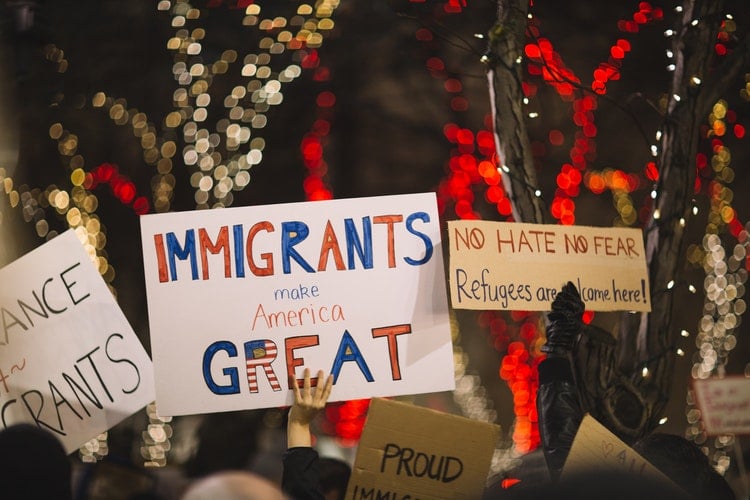
Okay, so Witchcraft? Mat really hit the nail on the head in his poetically written article. Witchcraft has always been political. The most obvious and commonly cited example, and that which a whole movement is based off (hey Tempest!), is Aradia. She, of course, was the daughter of Diana and Lucifer, sent to earth to teach the peasant class the ways of Witchcraft, which they could use to overthrow their oppressors. What a wonderful example, right? Witchcraft by its very nature is the Craft of the disenfranchised, the downtrodden, and the oppressed. Sure, there are historical examples of upper-class citizens using Witchcraft, but they are by far outnumbered by the lower-class people who rarely, if ever, benefited from the political and justice systems in place. Witchcraft was and is a means of gaining power that one otherwise wouldn’t have, power which is used to effect change, to secure survival. Even for those who were of the upper-class, their Witchcraft usually revolved around the same theme of trying to destroy their enemies and oppressors.
In the spirit of sharing stories, I’d like to tell one of my favorite tales of historical Witches working together to bring down a political leader. The veracity of the events I’m about to unfold is, of course, undetermined. But even as a semi-mythic, folkloric story, it contains seeds of inspiration from which we can loosely draw upon (LOOSELY, please not I’m not advocating violence). With that being said, this is the account of the North Berwick Witches…
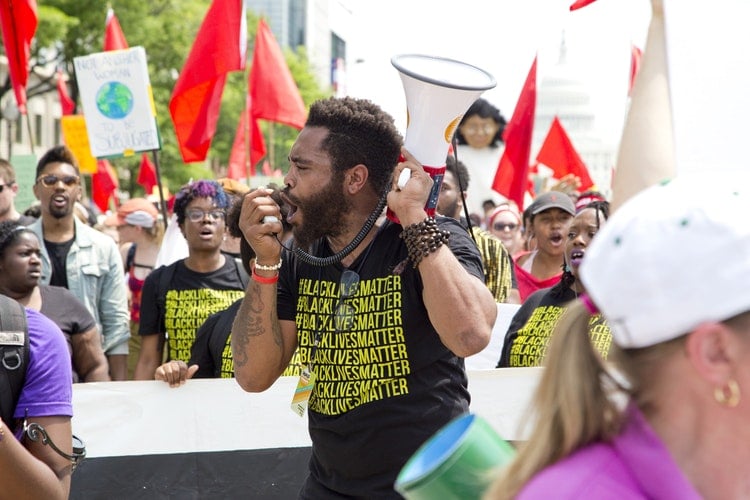
The story begins with King James VI of Scotland sailing to Denmark to retrieve his new bride, Princess Anne of Denmark. She had already tried once to sail to Scotland but was forced to stop in Norway due to severe storms. As an ironic foreshadowing of events to come, this storm was blamed on the wife of a high-ranking official in Copenhagen and subsequent Witch Trials took place in Denmark. And so, King James and Anne headed back to Scotland, but coincidentally were hit again by heavy storms that nearly capsized their ship. Meanwhile, back in Scotland, a maid named Gilly Duncan had come under the suspicion of her employer after his witnessed her sneaking out of the house at night. Duncan had already developed a local reputation for being a healer and so it was all too easy to accuse her of Witchcraft. Her employer and several other men proceeded to torture her, twisting ropes around her forehead and crushing her fingers in a vice. It wasn’t until after they had found a Witch Mark upon her neck and formally arrested her that she confessed. She admitted that not only was she a Witch, but that she belonged to a coven of Witches who she proceeded to name.
One of the accused women, Agnes Sampson, was another local healer who was known for her use of Catholic charms. She was arrested and actually brought before King James himself for questioning. At first, she denied having anything to do with Witchcraft but like Gilly Duncan, she was put to torture. After her ordeal she began to talk, admitting that she belonged to three covens, all of which had been actively working magic against the King. It had started at a meeting on Hallowmas, when the Devil told the Witches that King James was their greatest enemy and had to be destroyed. In response, Sampson and a few others sailed out to sea in a coracle and cast a spell to sink the King’s ship, this included raising a mist that would cause it to become lost and capsize. The Witches had tried other means of taking down James, including smearing a piece of linen he had worn with the secretions of a toad as a means of poisoning him. At another time, the Devil had instructed them to roast a toad over a fire and collect its venom in an oyster. This was then mixed with stale wine, the skin of an adder, and “the thing from the head of a newborn foal.” Once complete, the potion was to be placed in the path of the King so that he would walk over it and become infected.
After listening to Sampson for some time, King James lost his temper and accused her of being nothing more than a liar. In his mind, she was no Witch and had made the whole story up. But amazingly, Sampson rebuffed him and asserted that she was indeed a Witch and was willing to prove it to him. And so, it is said that she whispered in his ear the very words that had been exchanged between him and Anne of their wedding night. For the King this not only confirmed that Agnes Sampson was telling the truth, but also that Witches were real. Unfortunately, this meant that Sampson, along with many others, were put to death.
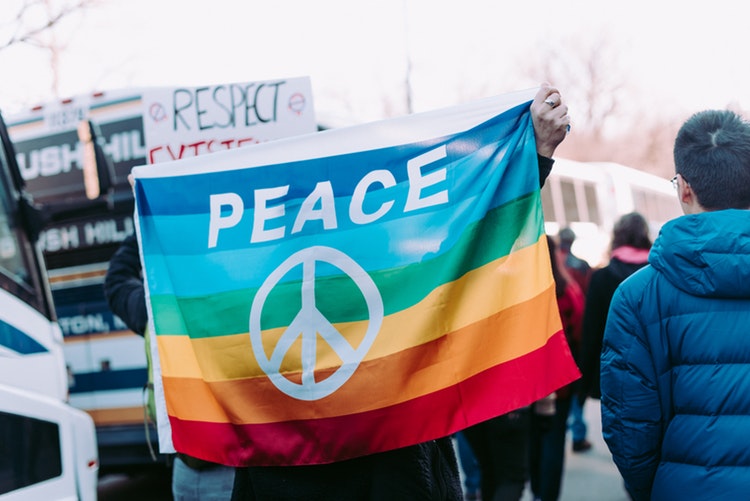
At this point you may be thinking, “Good God Kelden, how can you find this story inspirational?!” I admit, it’s a bit bleak with the torture, selling out of other Witches, and everyone dying in the end. But let’s take a moment to look at some of the other elements of this story. You have Witches uniting against a common enemy, working magic together to effect political change. This included the coming together of the upper and lower class. In addition to Sampson and Duncan, the coven included the widow of an Earl, the daughter of a Lord, and the King’s own cousin. Even after being caught, these Witches did their best to hold fast in the face of torture and death. Then there is Sampson who, when deemed a liar, stood by her title as Witch and the work she had done, despite the fact that doing so was a death sentence.
Despite the bleak ending, here is a potent tale of Witches acting politically. Of course, this is just one of many accounts of the Craft being used to effect political change. You cannot deny that the two go together any more than you can deny the injustice happening in the world around us. You can try to bury your head in the sand, and some people have an amazing talent for doing so. But if that’s what you’re going to do, ask yourself first: when future generations look back on these times, how do you want to be remembered? As the brave Witch who stood for what is right, or the Witch who hid away because politics made them feel uncomfortable? Politics is uncomfortable, but these are uncomfortable times and true comfortability will not come until there is justice and equality for all people. I’m not saying that everyone needs to be on the front-lines of every protest, because that isn’t realistic for all people. But there are many ways to be politically present, and as Witches we have a unique skill set that has, historically, been used in this way. And so, the next time someone makes the claim that Witchcraft isn’t or shouldn’t be political, remember the North Berwick coven, remember Aradia, remember Operation Cone of Power, remember the Witches League for Public Awareness, remember that there was a time when Witches were under attack. Think about our family and friends who are under attack now, who so desperately need all the support and help they can get. Think about the power there is in solidarity, when Witches unite and use their powers for something bigger and greater. Then ask yourself, why shouldn’t Witchcraft be political?




